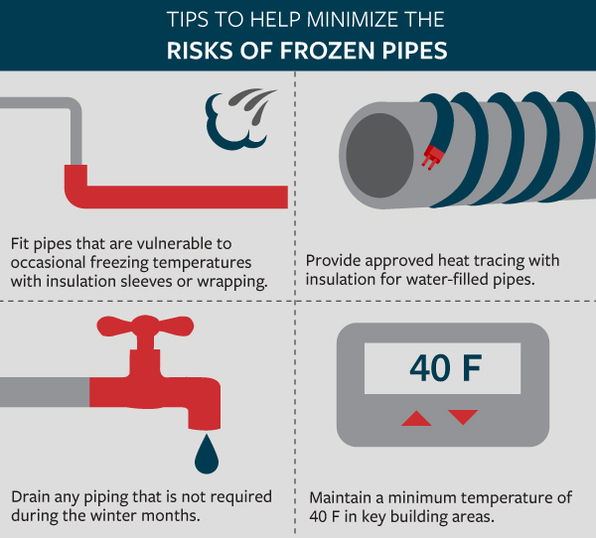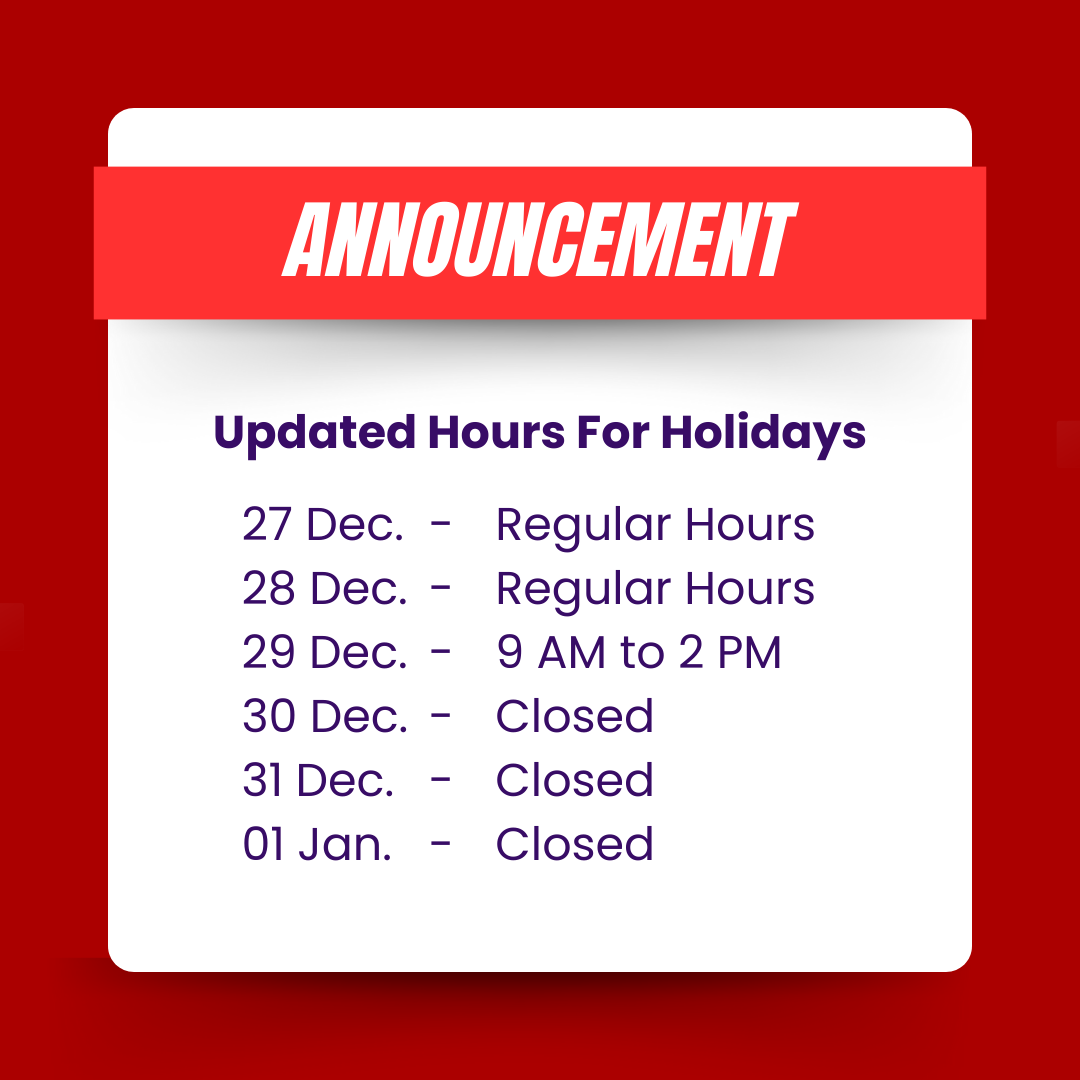In the complex landscape of insurance, finding ways to save on auto and home coverage can feel like steering through a maze. However, armed with the right knowledge and strategies, you can navigate these lanes and significantly reduce your insurance expenses. From bundling policies to taking advantage of discounts, this article unveils the top tips to rev up your savings without compromising on coverage.
Understanding the Basics: Know Your Coverage Needs
Before diving into the strategies for saving on insurance, it’s crucial to understand your coverage needs. Assess the risks associated with your car and home to determine the optimal level of protection. An informed decision not only prevents over-insuring but also ensures that you’re adequately covered in case of unexpected events. Take stock of your assets, assess the replacement costs, and tailor your insurance policies accordingly.
Bundling Policies for Maximum Impact
One of the most effective ways to save on both auto and home insurance is by bundling policies. Consolidating your coverage with a single insurance provider often leads to substantial discounts. Insurance companies value customer loyalty, and bundling is a win-win situation – you get the convenience of managing both policies under one roof, while the insurer rewards you with lower premiums. Compare bundled quotes from different providers to ensure you’re getting the best deal.
Raise Your Deductibles Wisely
Adjusting your deductibles can be a strategic move to lower your insurance premiums. A deductible is the amount you pay out of pocket before your insurance coverage kicks in. While higher deductibles typically result in lower premiums, it’s essential to strike the right balance. Evaluate your financial situation and choose deductibles that you can comfortably afford in the event of a claim. Raising deductibles can be a smart move for cautious drivers and homeowners looking to trim their insurance costs.
Maintain a Healthy Credit Score
Surprisingly, your credit score can play a significant role in determining your insurance premiums. Insurers often use credit-based insurance scores to assess risk, with higher scores correlating to lower premiums. To boost your credit-based insurance score, pay bills on time, reduce outstanding debts, and monitor your credit report for inaccuracies. A healthier credit score not only positively impacts your financial well-being but can also lead to more favorable insurance rates.
Shop Around: Don’t Settle for the First Quote
Just as you wouldn’t buy the first car you see, it’s unwise to settle for the first insurance quote that comes your way. Insurance premiums can vary significantly between providers, so shopping around is essential. Take advantage of online comparison tools, seek quotes from multiple insurers, and carefully evaluate the coverage offered. The extra effort invested in comparing quotes can result in substantial savings over the life of your policies.
Take Advantage of Discounts: The Devil is in the Details
Insurance companies offer a myriad of discounts that policyholders often overlook. From safe driver discounts to home security system credits, the devil is in the details. Check with your insurer to ensure you’re maximizing the discounts available to you. Installing safety features, completing defensive driving courses, and maintaining a claims-free record are just a few actions that can make you eligible for premium-reducing discounts.
Consider Usage-Based Auto Insurance
For those who don’t drive extensively, usage-based auto insurance can be a game-changer. This innovative approach involves the installation of a telematics device in your vehicle, which monitors your driving habits. If you’re a safe and infrequent driver, you could be rewarded with lower premiums. Usage-based insurance provides a personalized approach, allowing you to pay for coverage based on your actual driving behavior.
Regularly Review and Update Your Policies
As your life evolves, so do your insurance needs. Regularly reviewing and updating your policies is crucial to ensure that you’re adequately covered and not paying for unnecessary extras. Life events such as marriage, the birth of a child, or home renovations can impact your insurance requirements. By staying proactive and communicating changes to your insurer, you can avoid overpaying for coverage you no longer need and ensure that your policies align with your current circumstances.
Conclusion
In the race to save on auto and home insurance, strategic planning and informed decision-making are the key drivers. Whether it’s bundling policies, adjusting deductibles, or leveraging discounts, there are numerous avenues to explore. By navigating the insurance landscape with these tips, you can rev up your savings and ensure that you’re getting the most value out of your coverage. Remember, the road to thrifty insurance is paved with knowledge and smart choices – buckle up and enjoy the ride!







